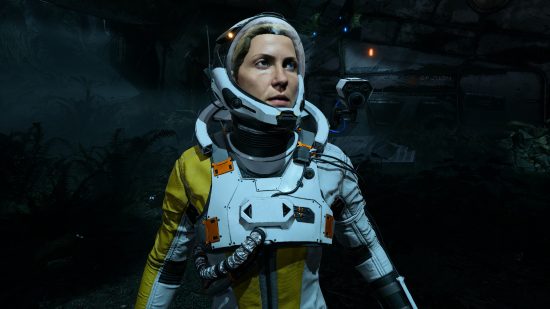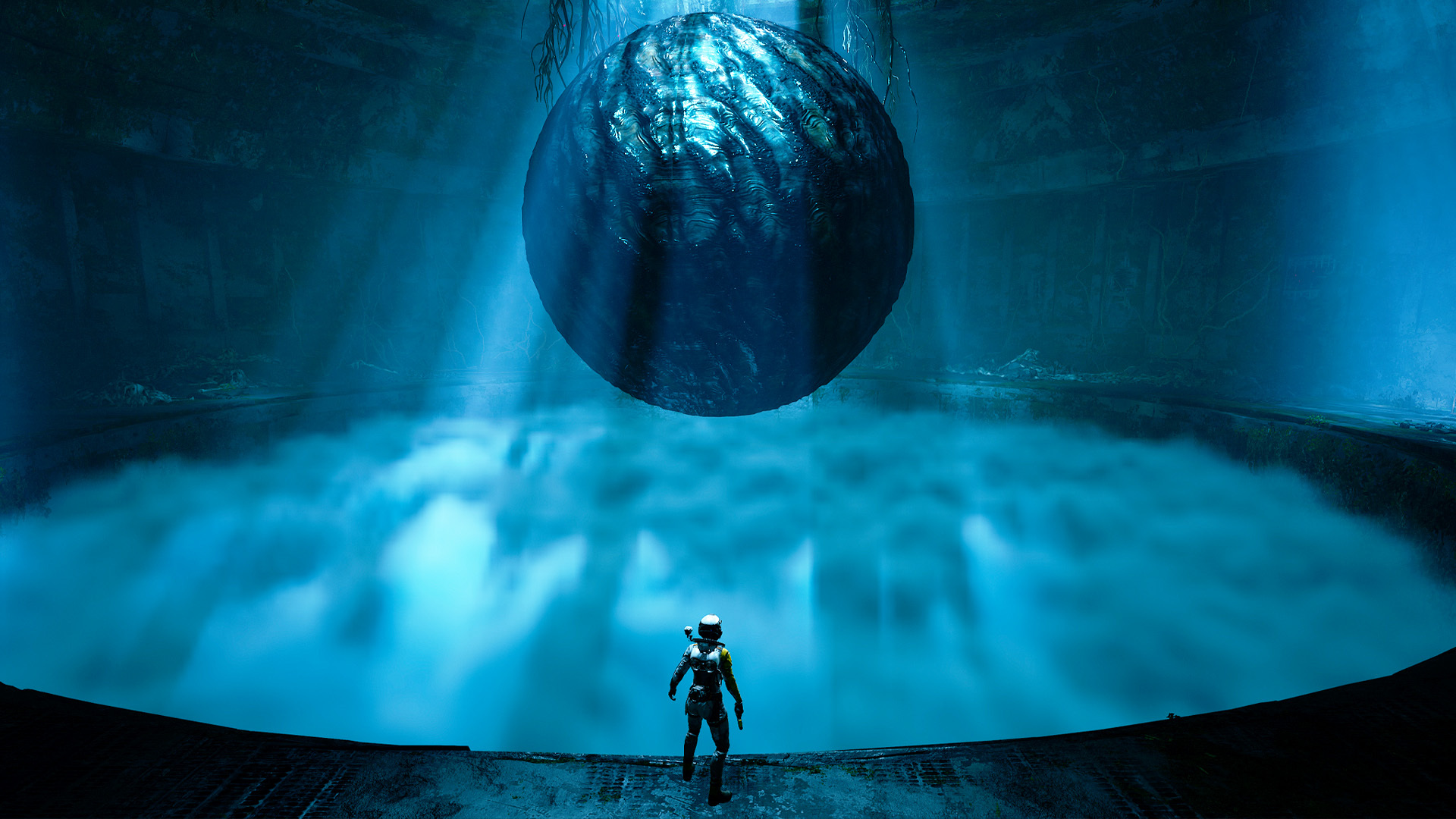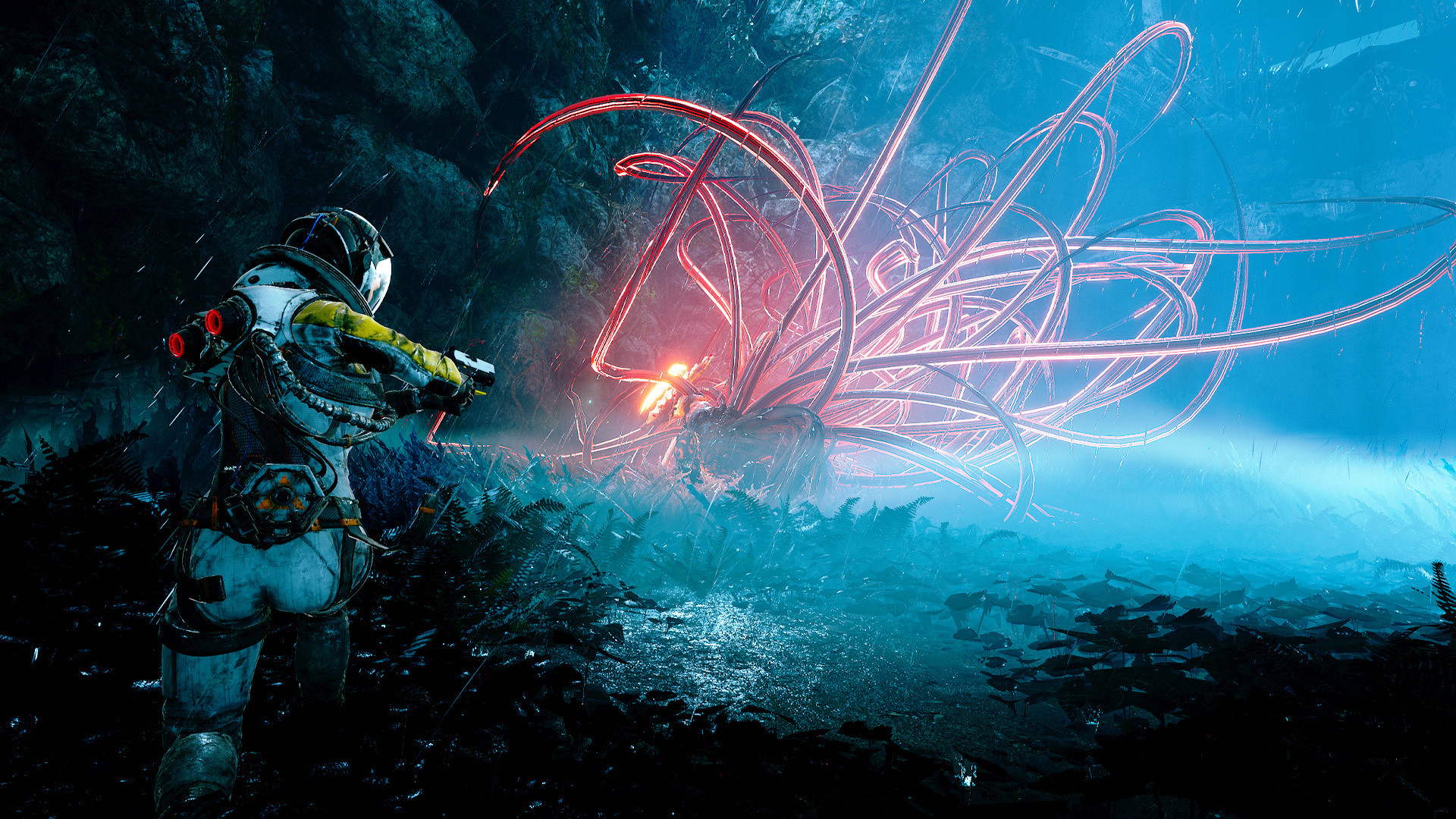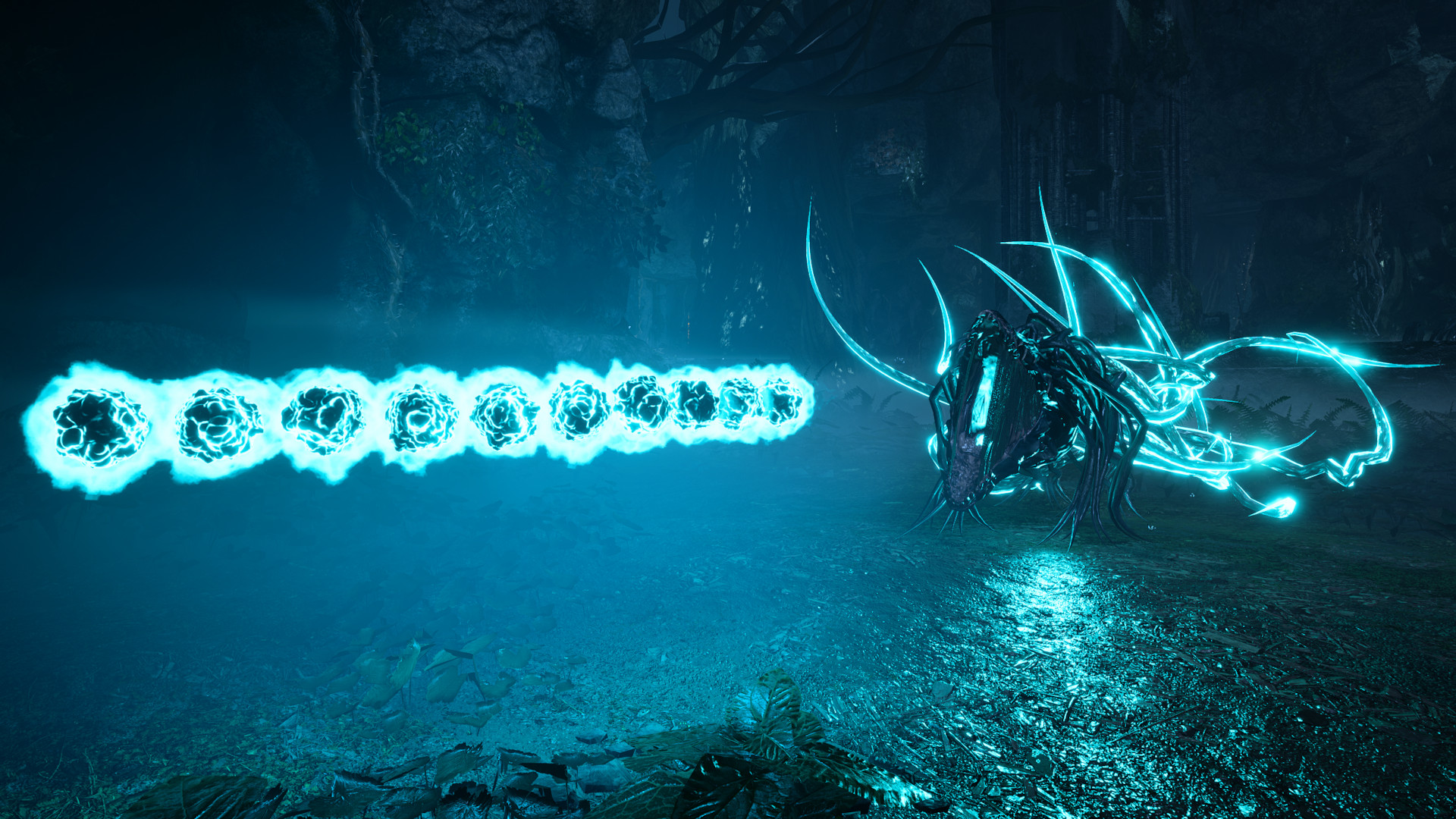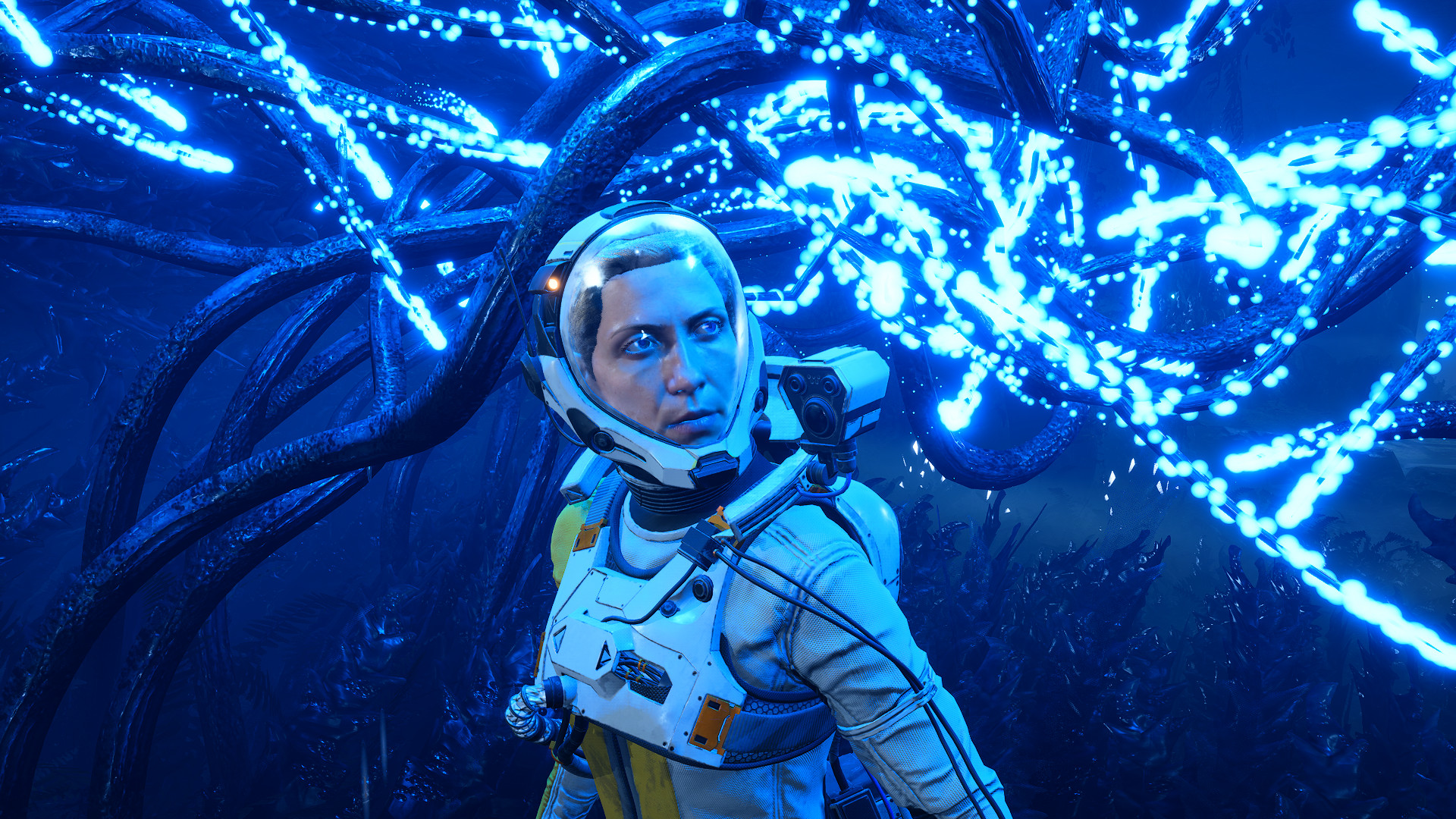Using the best Returnal settings for your gaming PC will improve your odds of beating the roguelike game, as they’ll help keep your frame rate stable during clutch moments. With Returnal already proving to be a demanding experience for us players, there’s no reason our systems should be unnecessarily sweating (and potentially buckling) alongside us.
As always, it’s important to check whether your rig meets the Returnal system requirements before turning to optimised settings to improve performance. Your hardware configuration will also determine which graphics options are available to you, such as ray traced reflections and shadows, as well as AMD FSR and Nvidia DLSS upscalers.
PCGamesN test rig: MSI MPG Trident AS 11th gaming PC, featuring an Intel Core i7 11700F, MSI Ventus Nvidia GeForce RTX 3070, 32GB of DDR4 3,200MHz RAM, MSI B560 motherboard, and Windows 11.
Best Returnal settings
- Screen optimisations: DLSS or FSR
- Lighting quality: High
- Shadow quality: High
- Ambient occlusion: High
- Screen-space reflection: On
- Model quality: High
- Texture quality: High
- Volumetric fog: High
- Particle quality: High
- Anti-aliasing quality: High
We found the best Returnal settings by using the game’s benchmark tool, which offers a detailed and repeatable test that’s actually representative of in-game performance. Naturally, we used these settings while doing our best to survive on and explore the dark corners of Atropos too.
Returnal screen optimisations
The amount of options inside the screen optimisations setting can feel overwhelming, but there are only two that are worth considering: Nvidia Deep Learning Super Sampling (DLSS) and AMD FidelityFX Super Resolution (FSR). Either of these upscaling technologies are the simplest way to boost fps with minimal impact on image quality.
Those of you with a GeForce RTX series graphics card will naturally want to use DLSS, whereas everyone else should opt for FSR. There’s no one size fits all recommendation when it comes to DLSS or FSR modes, but we generally wouldn’t suggest going below ‘Balanced’ (especially at lower base resolutions such as 1080p.)
Returnal shadow quality
Of all the Returnal settings, bar ray tracing, shadow quality carries the largest frame rate footprint, which isn’t too surprising given the amount of dynamic lights that litter the shadowy surface of the game’s alien environments.
Shadow quality controls both the resolution and draw distance of shadows. Stick to ‘High’ if you can afford to, but shifting down to ‘Medium’ can improve performance by as much as 4%. Unfortunately, ‘Low’ doesn’t offer a similar bump and looks noticeably worse, so it’s not worth using.
Returnal ray tracing
Developers Housemarque and Climax Studios have added to the existing Returnal ray tracing features that were present in the PlayStation 5 version of the game. Now, in addition to ray traced shadows, the PC port packs new and exclusive ray traced reflections.
While these ray tracing options subtly improve the game’s visuals, we don’t recommend turning them on unless you have one of the best graphics card models out there, like the Nvidia GeForce RTX 4070 Ti.
Less powerful GPUs, like our test rig’s RTX 3070, can maintain an average of 79 frames per second using the ‘Epic’ preset in addition to ‘Epic’ ray tracing, but 1% lows weren’t as high as we’d like at 47fps. To make matters worse, this was a native resolution of 1080p, and turning off RT features improved our frame rate by as much as 20-25%.
In summary, the Returnal ray tracing features are a nice but expensive flourish. Neither ray traced shadows or reflections are transformative, and both are hard to appreciate during its fast-paced gameplay. That said, if your heart is set on using them, we strongly suggest using an image upscaling solution to help alleviate their cost.
For those hoping to play the latest PlayStation PC release on the go, we’ve got everything you need to know about Returnal Steam Deck compatibility, including performance observations and settings recommendations.
Take the Returnal system requirements test over on PCGameBenchmark to answer the question… Can I run Returnal?
